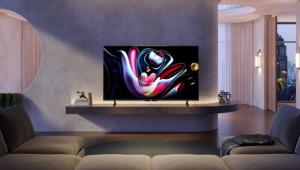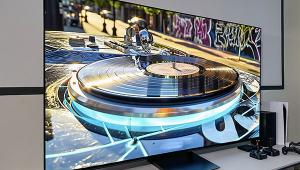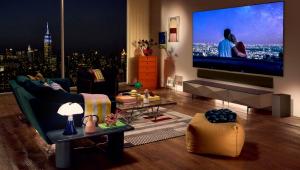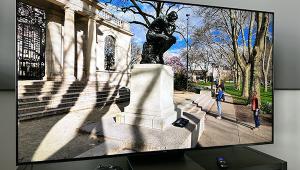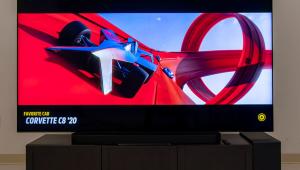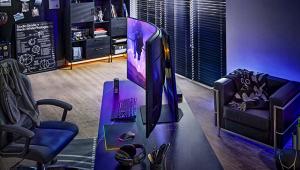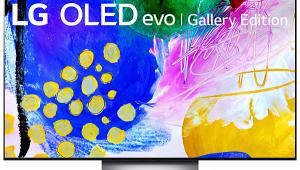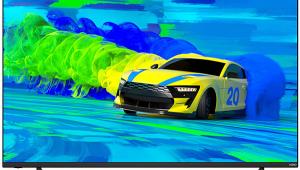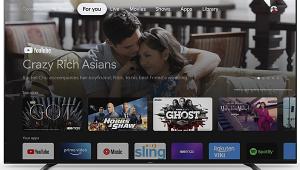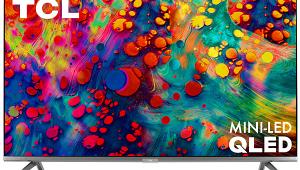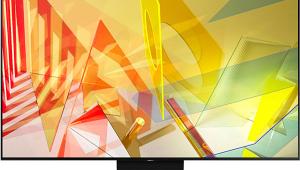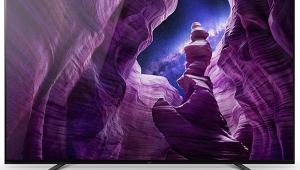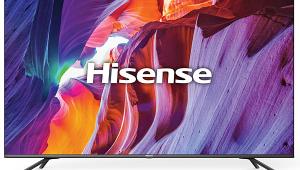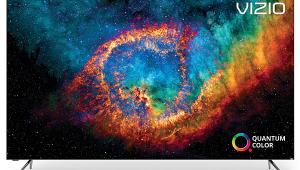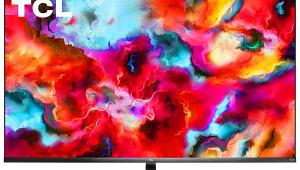Hamıya salam! Maraqlı oyunlardan həzz almaq üçün etibarlı onlayn kazino axtararkən AzkaZino ilə rastlaşdım. Bu sayt böyük oyun seçimi və yüksək keyfiyyətli xidmətlə məni heyran etdi. Xüsusilə bəyəndiyim şey, çox səy göstərmədən sevimli oyunları tapmağı asanlaşdıran istifadəçi dostu interfeysi idi. Azcasino həmçinin həyəcanı daha da artıran və oyunu daha da maraqlı edən müxtəlif promosyonlar və bonuslar təklif edir. Oynamaq üçün etibarlı bir yer axtarırsınızsa, AzkaZino-nu tövsiyə etməkdən çəkinmirəm.
Sony XBR-84X900 Ultra HD TV Page 2
Demo Time
Before I get to the hands-on proper, let me first backtrack to describe the demo that preceeded it. Sony had set up 4 enormous LCD TVs: a pair of XBR-84X900s, LG’s 84LM9600 (another 84-inch 4K model), and Sharp’s LC-80LE632U (an 80-inch 1080p-rez set). A group of engineers played various clips and test patterns, all of them designed to show off the 84X900’s video prowess. It’s tough to draw meaningful conclusions from a comparison that you don’t conduct yourself, but this one clearly demonstrated the 84X900’s superior screen uniformity, grayscale purity, and color saturation over a range of brightness levels.
Two things in particular stood out during the demo. The first was a scene from a film called Eclipse that featured people in period dress wandering around a graveyard. Viewing this 1080p clip on the quartet of sets, the Sony’s crisp rendering of details like text on the tombstones and the texture of stone walls in the background basically left the others TVs in the dust: The picture on both the LG and the Sharp looked soft in comparison. The second was a native 4K-rez still image of a newspaper’s front page. Fine text in the image came through as crisp and perfectly legible on Sony’s set, while it looked blurred-out on the LG. (A Sony engineer suggested that this was because the LG was first downconverting the high-resolution still to 1080p instead of displaying it natively.)
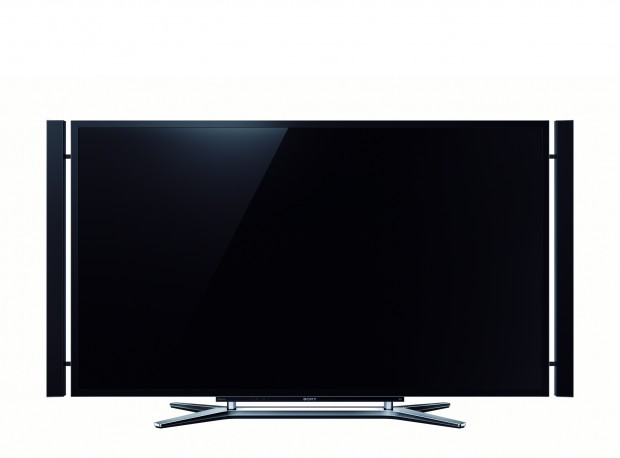
Once again, it’s hard to draw conclusions from a pre-arranged demo (when I was finally left alone, the Sony folks whisked the Sharp and LG TVs out of the room), but the comparison did speak well of the Sony’s upconversion abilities — an especially important consideration in this era of limited or no 4K content. Other 1080p clips played on the XBR-84X900 during the demo displayed exceptional clarity and were free of edge enhancement, banding artifacts, and other extraneous picture noise. The only time I noticed something amiss was in a direct comparison between a native 4K clip shown on one Sony TV, and the same clip downconverted to 1080p (and then upscaled to 4K) on the second Sony set. While the native 4K picture looked obviously more detailed when viewed from close range (between 5 and 6 feet), I saw mild aliasing (stairstep) artifacts in the letters of street signs in the upconverted 1080p picture. But this was something that didn’t prove to be an issue when viewing both sets at a more typical 8-10 foot viewing distance, which brings us to...
Diminishing Returns
Much has been made of 4K/Ultra HD’s resolution boost (four times as many pixels as in a regular HDTV image), but a barrier exists between that added detail and your ability to appreciate it: your vision. With an 84-inch screen, an ideal viewing distance that would allow you to take in 4K’s added detail is 5-6 feet. But if you’ve spent time sitting 5-6 feet from an 84-inch screen, as I did during my evaluation of the 84X900, you’d probably consider it to be uncomfortably close. Most viewers sit 8-10 feet from their TVs. But a problem with this scenario is that, when viewed from an 8-10 -foot distance, the resolution boost provided by 4K on an 84-inch screen theoretically evaporates.
And that was pretty much my experience with the 84X900. In the demo’s native 4K/1080p clip comparison using the two Sony TVs, the native 4K display’s extra detail could be clearly seen at a 5-6 foot (or closer) distance. But when I backed up a few steps — to around 8 feet — the differences faded. It wasn’t that the native 4K picture didn’t look great; it’s just that it no longer displayed clearly better detail than what I was seeing on the other set.
In defense of 4K, Sony asserts (in a white paper) that the leap from standard- to high-definition had the consequence of boosting the average TV screen size, and that recent trends in home theater design reveal an attempt to “reproduce the viewing conditions of stadium seating movie theaters, where viewing distances are extremely short.” For Sony it seems that the latter shift justifies a move to 80-inch and larger 4K-rez displays that will enable close-range, theater-style viewing. To put this in a 1080p context, you’d need to sit approximately 10.5 feet away from the Sharp set Sony used for its demo to avoid detecting pixel structure in the image. (So much for stadium seating.) As someone who has suffered through movies with a grid-like, pixellated image texture at my local IMAX theater, which has both stadium seating and 2K-rez (roughly 1080p) digital projection, I can see Sony’s point, though it’s hard to imagine an average viewers clambering to sit up to 50% closer to their TVs any time soon.
- Log in or register to post comments

Good morning friends! I love sports, and I love to bet on them online, and I do it only on this site - https://bettingsites-mz.com/casas-de-apostas/jogabets/, because this site is very high quality and reliable, and on this site everyone can place online sports bets freely and safely! Try it too! Bye.

